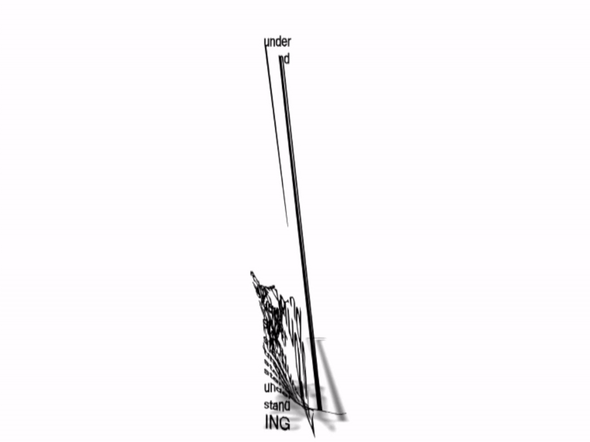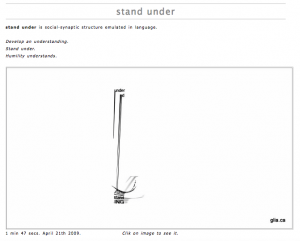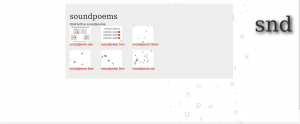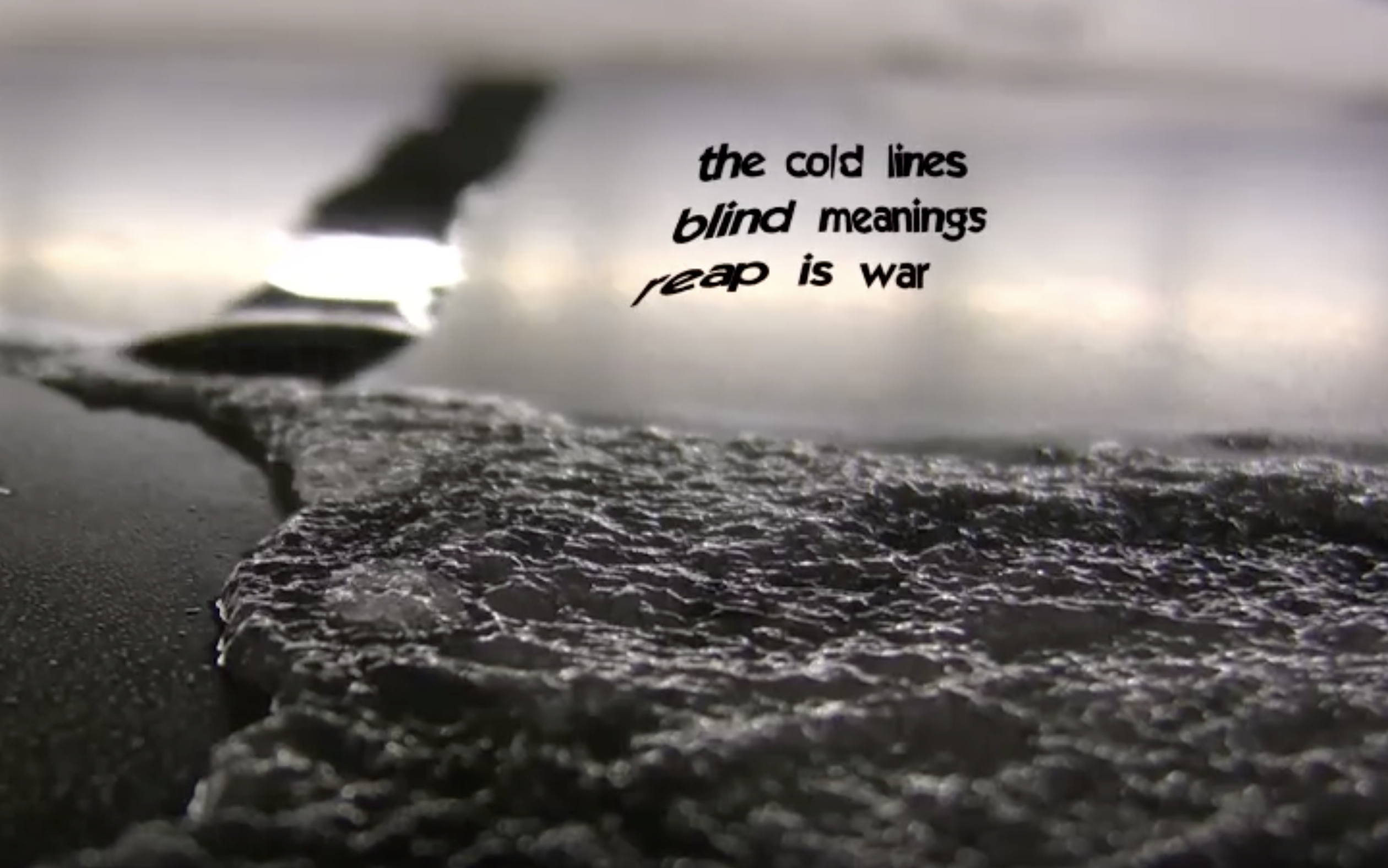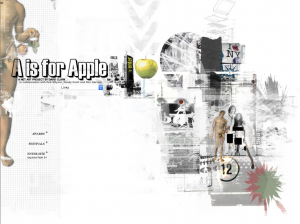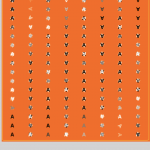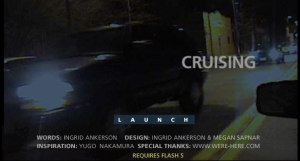
The first pieced I looked at was “Cruising” by Ingrid Ankerson and Megan Sapnar. It was a really cool and interesting way to tell the story. As you move the mouse side to side, it goes through a slideshow type strip a the bottom. When you pull the mouse up or down it will either zoom in or zoom out of the story. Although it was a really cool idea, I’m not sure I exactly liked it. It was pretty hard to control, at least for me, and the constant moving and zooming in and out actually made me feel a little nauseous. It is possible iI was just doing it wrong though. The second one I looked at was “The Dreamlife of Letters” by Brian Kim Stefans. If I’m being honest, I didn’t really understand this one either. I’ve never been a huge fan of poetry, especially poetry that is made to be confusing on purpose. I do understand the importance of poetry and interactive poetry, it’s just not really anything I think I will ever be interested in. I did try really hard on this assignment to find one of them that I did like. I went through each one but either I couldn’t figure out how I was supposed to do them, or they didn’t really make sense to me.
*EDIT* I’ve just now realized that I never got past the introduction part of “The Dreamlife of Letters”. I’m not sure how I didn’t get past it before, since I looked at it for a good 5-10 minutes. Now that I’ve explored this piece deeper, I actually really enjoyed it. I love how it flows through without anyone having to interact with it at all. Out of all of them, I think this one ended up being my favorite piece to explore through.
Like I said before, I understand that they are an important piece of history in literature, and interactive poetry is very important in electronic literature. But this is a type of electronic literature that really challenged me. I did like that there were some in video form such as “Rain on the Sea” that I found myself understanding a little more. It goes by really fast, complete with music to match the speed of the switching letters and numbers on the screen.

